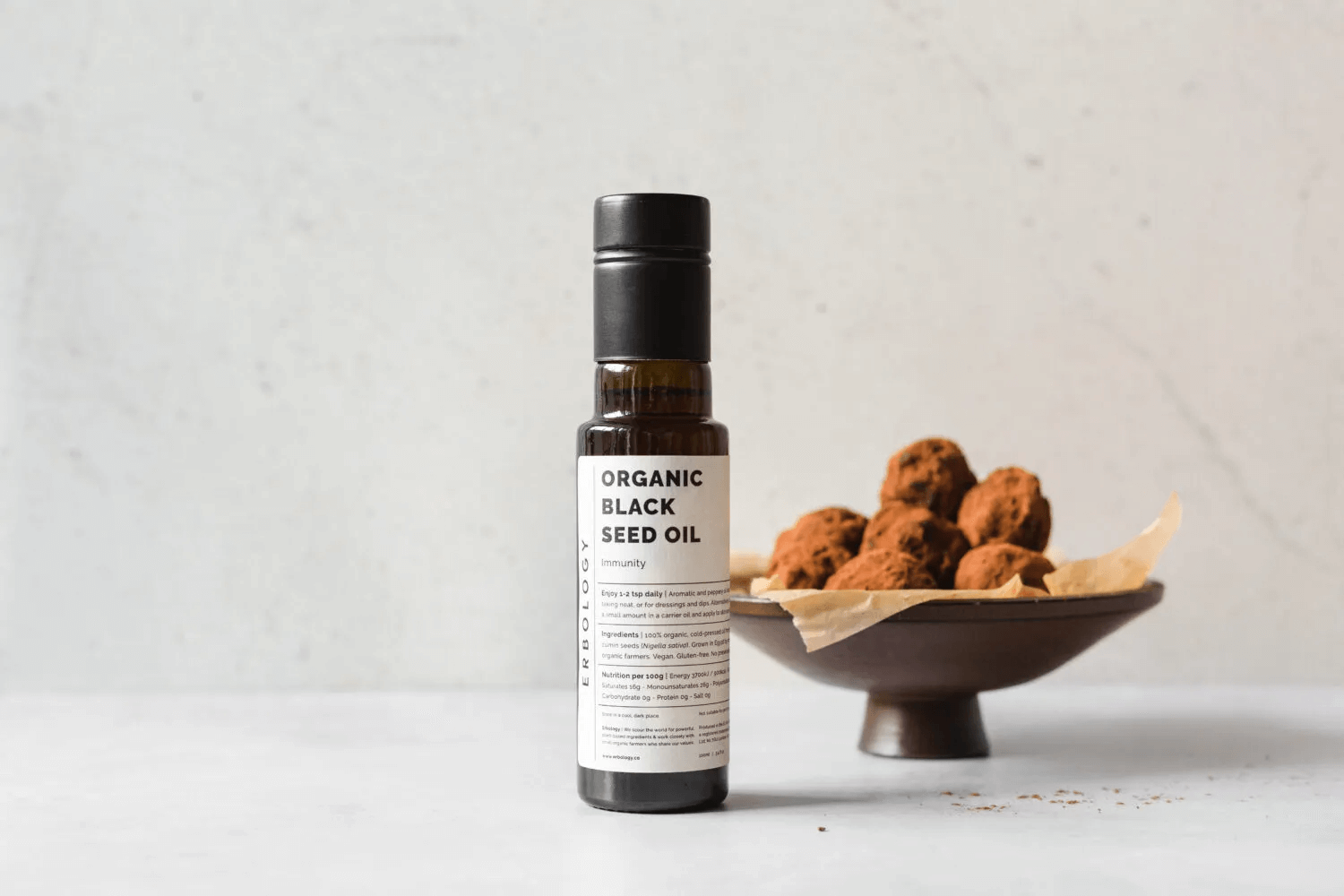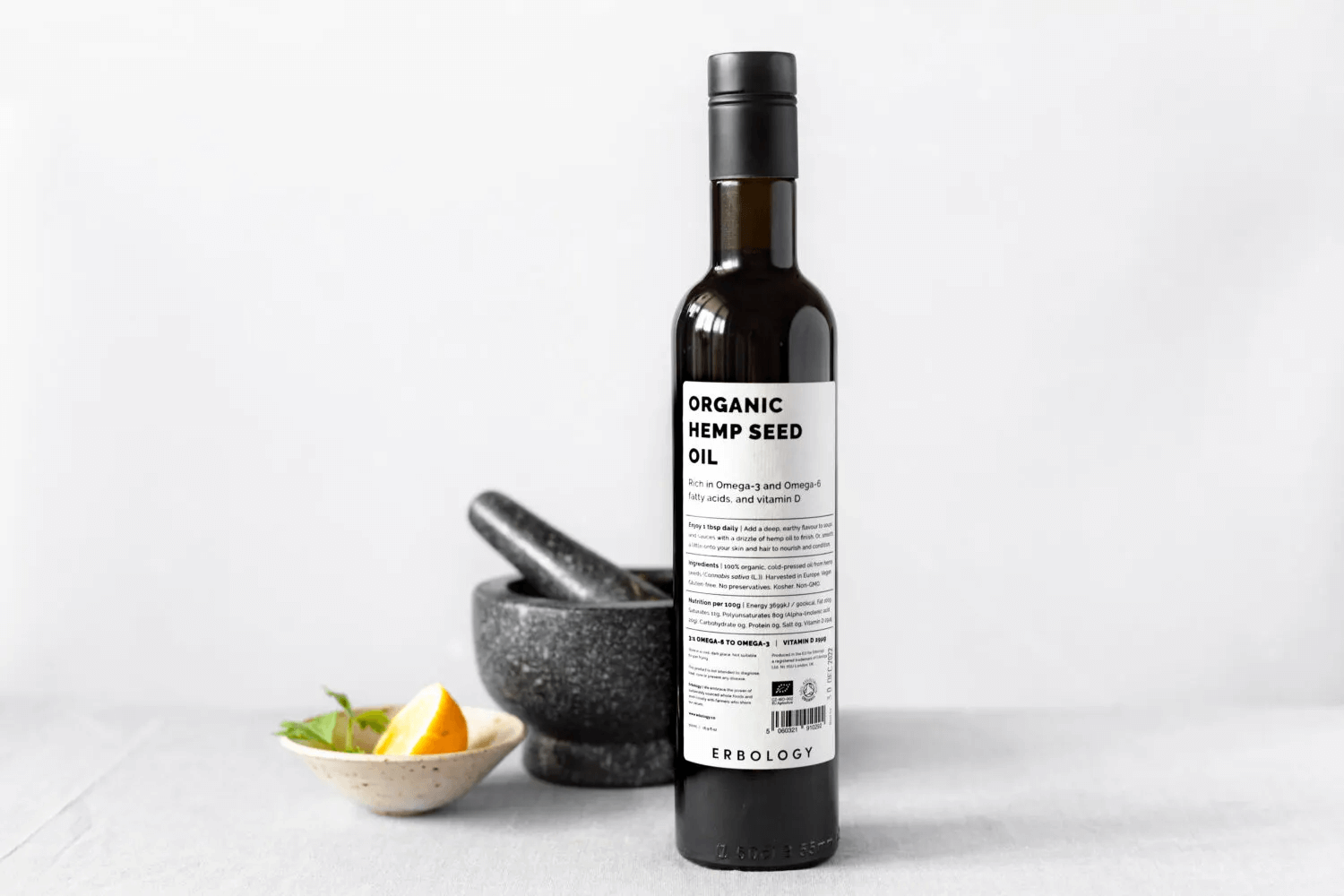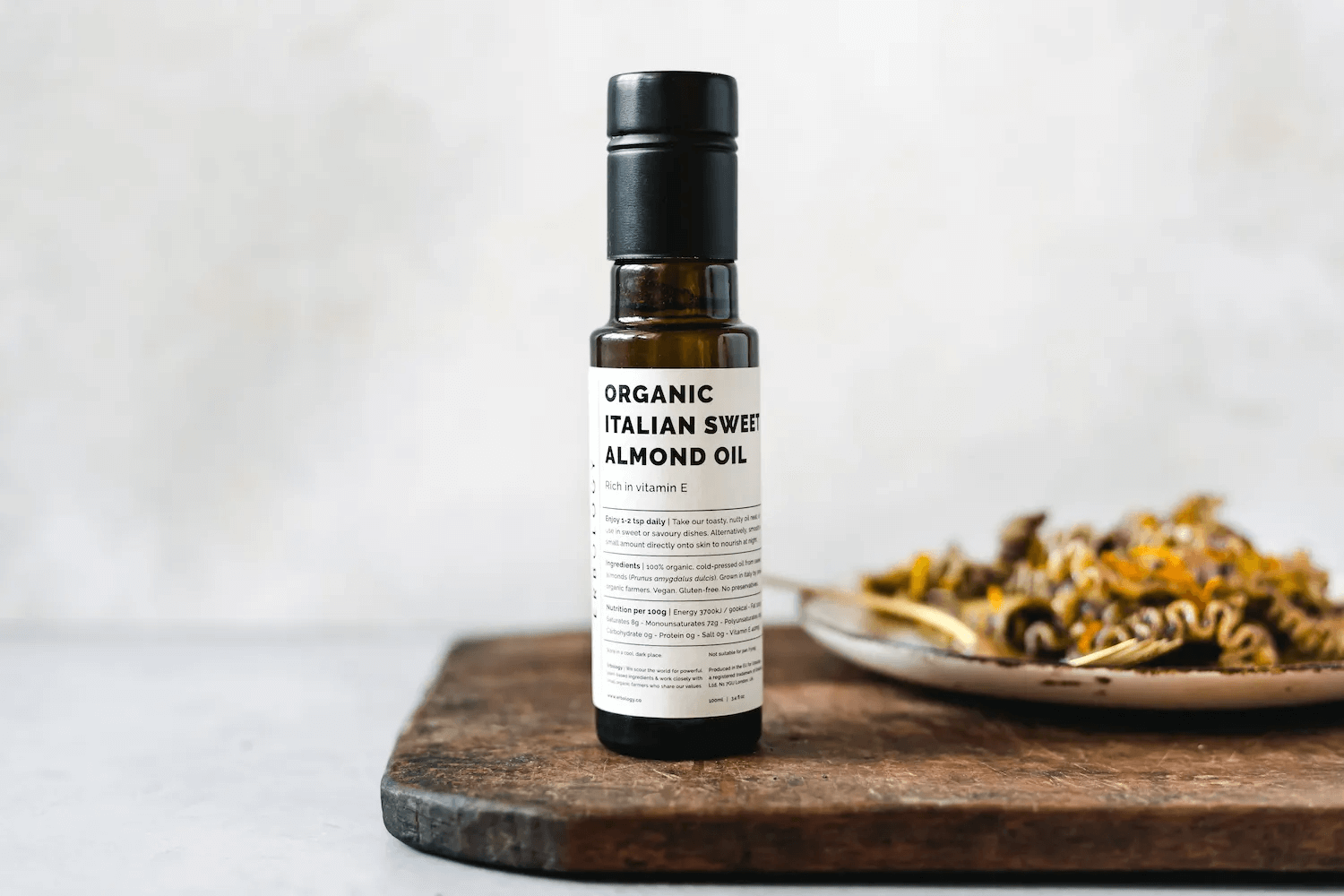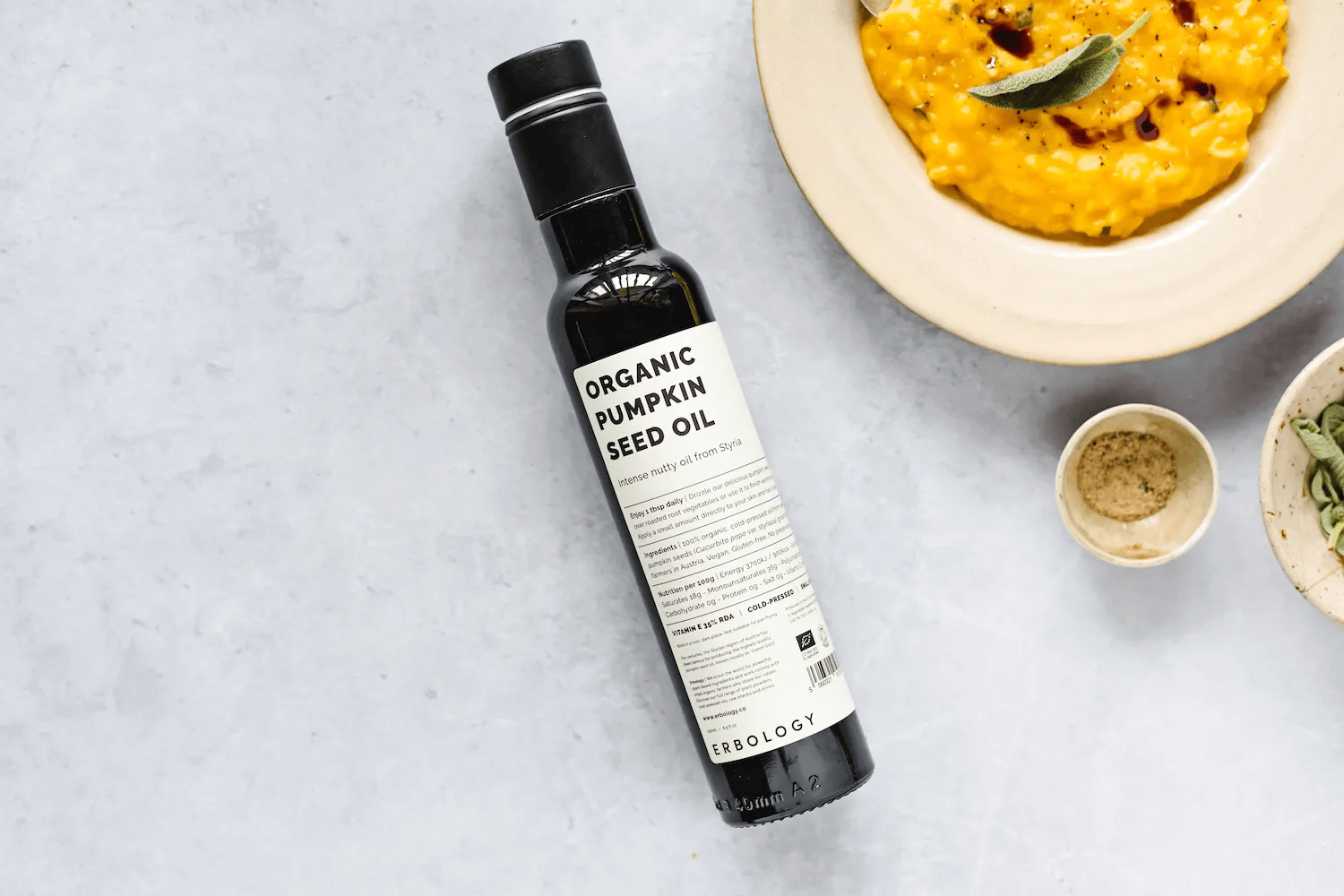06 Sep 2021
Ayurvedic haircare: the Erbology guide to silky locks
A quick recap on Ayurveda
Ayurveda is an ancient Indian medical system which has been around for thousands of years. If you would like a bit of background on it, we recommend starting with our article on Ayurvedic food. There, we explain a few of the basics of Ayurveda.
However, as a quick recap, Ayurveda encourages you to think of your body as a delicately balanced system. It aims to keep that system in equilibrium so that you stay happy and healthy.
It is based on the idea that everything in the universe is made up of a few basic elements: fire, air, water, earth and ether.(1)
Different combinations of these then make up the three doshas, or essential life forces. Everything from the trees to animals to seasons of the year are made up of these doshas. So are we, as humans.
Finding your dominant dosha is essential to figuring out everything from your natural temperament to the sorts of foods you should eat (and when).
The three doshas are called Kapha, Pitta and Vata.
![]()
Ayurvedic haircare
As many people principally associate Ayurveda with traditional remedies or a particular diet, you may be surprised to hear that there is an Ayurvedic approach to haircare.
However, remember that Ayurveda is all about treating the entire body as an ecosystem. Adherents believe that the health of your hair can be an indicator of other areas where your body is out of balance. Thus your hair is just as important as any other part of your body.
As well as the doshas, in Ayurveda our various bodily systems are divided into different categories. These are: Dhatu (tissue, such as bone and skin), Malas (waste), Mana (the mind) and Gunas (spirituality).(2)
Your hair is closely related to bone tissue (called Asthi Dhatu). So, whatever you can do to strengthen this system will also benefit your hair.
Several common hair and scalp conditions have their own Ayurvedic names and treatments. You’ll recognise many of them! For example, premature greying (Palitya) and dandruff (Darunaka) may be treated by blood-letting, purification therapy, nasal drops or scalp oiling.(2)
While we may not recommend any blood-letting, there are certainly some Ayurvedic hair treatments that are much more appealing. Not only do they have their roots in traditional medicine, they could easily stand in for an indulgent spa treatment!
Understand your dosha, understand your hair
As mentioned above, understanding which is your dominant dosha is vital in Ayurveda. Most treatments, diets and practices in this traditional system of medicine are assigned based on this.
There are lots of factors involved in figuring out your dominant dosha (and lots of helpful online quizzes to point you in the right direction). However, here’s a very basic guide to finding yours. Simply look at the below and select the description that sounds most like you.(3)
Vata: Made up of a combination of air and ether, this dosha belongs to you if you have a delicate build and fine hair. You’re generally cheerful, chatty, and creative, while your moods and decisions can change on a moment’s notice.
Pitta: Your dosha is made of fire and water. You have a medium, muscular build and a warm nature, but your temper can turn fiery if you’re crossed! You’re not afraid to be a leader and you’re comfortable speaking your mind.
Kapha: Made of earth and water, the kapha dosha is yours if you have a solid frame and a calm disposition. You’re easy-going, thoughtful and loving.
In food, medicine and haircare, you should always be aiming to balance your dominant dosha. So if you naturally tend towards Pitta, you should choose foods and treatments from the Vata and Kapha doshas. This helps your body stay balanced.
![]()
What happens when the doshas are unbalanced?
When your doshas are not in equilibrium, health problems can start to occur. This is just as true for your hair as for the rest of your body.
Your head is considered to be the region of Kapha. If the balance tips too far towards Kapha, you may experience prematurely white hair.
For example, if the balance tips in favour of the Pitta dosha, you might experience an itchy, burning sensation on your scalp. This makes sense, as Pitta is the dosha most associated with fire.
Not only that, but if one dosha falls behind and the other two become dominant, this can lead to its own problems.
Vata and Kapha in combination are responsible for dandruff, while Pitta and Vata can come together to cause hair loss.(4)
So, you can see why it’s so important to keep that balance!
What are the causes of dosha imbalance?
In Ayurveda, prevention is always better than the cure. So what can you do to keep your head and hair in balance?
Some Ayurvedic advice fits in perfectly with similar thinking in our modern day. For example, stress, anger, grief and fear are all related to prematurely greying hair.
However, others seem a bit more out of sync with our Western understanding of health and haircare.
For example, one of the most famous and celebrated Ayurvedic doctors, Acharya Vagbhata, thought that there were quite a few factors that could cause poor hair health. These include indulgence in water sports, holding back tears, drinking too much water and wine, always looking down and talking too much.(4)
That said, his advice dates back to 600-650AD. So, it’s fair to recognise that opinions have changed a bit since then.
However, Ayurveda does offer some recommendations for preventative, or ‘maintenance’ hair treatments. These are designed to stop you experiencing issues with your hair and scalp.
Related reading
undefined

Organic Black Seed Oil

Organic Hemp Seed Oil

Organic Italian Almond Oil
